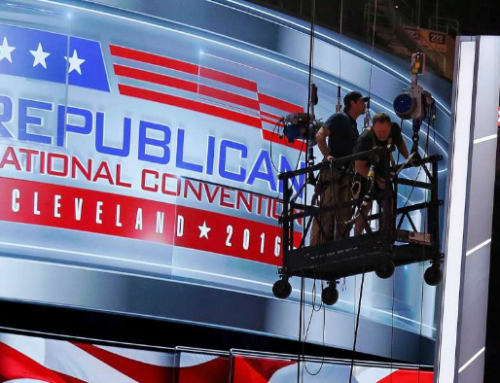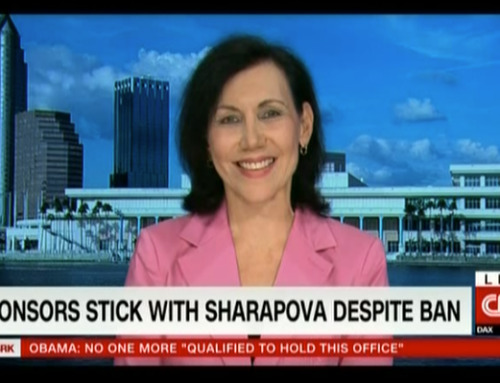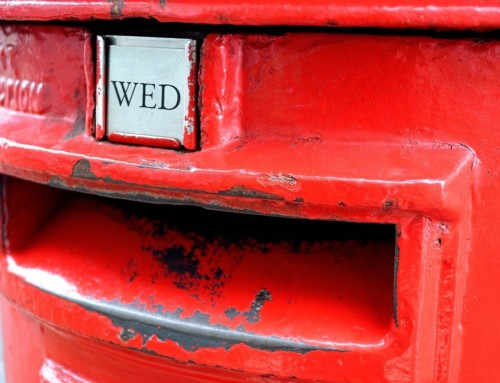“Can’t get that brand out of my head…” Have you heard that song? We all have. Well, maybe not that exact melody, but some memorable sound effect, cool tune, or catchy jingle. And I’ll bet there was a direct connection to some brand experience.
Martin Lindstrom discusses that very idea in his book, Brand Sense (2005). “Sound is fundamental to building the mood and creating atmosphere of whatever story’s being told. Hearing is passive and listening is active. The sound of your brand should target both the hearer and listener since both are equally important in influencing purchase behavior,” he writes. “While hearing involves receiving auditory information through the ears, listening relies on the capacity to filter, selectively focus, remember, and respond to sound. We use our ears to hear and our brains to listen. Sound is emotionally direct and a powerful branding tool.”
I distinctly remember visiting Carrabba’s in Houston, Texas, one of my favorite restaurants. The place was packed, as always. The crowd buzz confirmed its popularity. But the distinct sound that sticks in my head is the Italian language lessons blaring through the restroom stalls. And the more wine you consume, the more entertaining the experience becomes.Then there’s the flip slip of that record: Sound molds moods. As I write this article, the sound of an obnoxious hammer fills the air. My office is directly across the street from a huge barge. They’ve been pounding for days. My normally happy spirit feels totally cranky. So I escape into my sound-blocking Bose headphones cabled to my music-filled iPod – the best invention next to electricity – and now I feel great again. Sounds take you places. They motivate, simulate, and seduce even the most reluctant. The right mix of sound, music, and strategic noise is a vital part of the branding game.
Sound should never be underestimated.
More than 40% of consumers believe the sound of their phone is more important than the design.
What does your product sound like? Do you leverage it or is it falling on deaf ears?
How about your after-hour phone recording? Or the “on hold” racket you put your callers through? Is your Web site an opportunity to enhance your brand story? Or what about your next internal employee event? Does it scream your corporate brand theater? Can you add music to your environment or selling processes?
In a study published in The Journal of Consumer Research, Ronald E. Millman demonstrated that the pace of music playing in the background affected service, spending, and the traffic flow in stores and restaurants. The slower the music, the more customers shopped. The faster the tempo, the less they spent.
Sugo Music uses music and multimedia in a variety of disc formats for marketing purposes. Embedded in the CD is an interactive feature called Listen & Link that, when played on a computer, offers a menu of music and hyperlinks that directs customers to areas of a Web site most relevant to their interests and needs. Sugo Music has developed music CDs for Kraft, Wells Fargo, Kimpton Hotels, and Bath & Body Works. “Music is a universal pleasure,” says Sari McConnell, vice president of marketing and product development for Sugo Music. “It’s emotional and relevant to important buying markets.”
According to the Recording Industry Association of America’s (RIAA) 2003 Consumer Profile Report, adults over 30 are driving music sales at a time when the industry overall is in a decline. According to the 2003 NPD Music Watch Report, the adult buyer, age 36 and over, accounts for 45% of record unit sales.
“Music touches souls and brings people together,” explains David K. Philp, adjunct professor of music business at William Paterson University. “It is an influential medium that consumers can attach to important moments in their lives: a senior class theme song, a wedding ballad, or a heartbreak healer. Music crosses cultural and generational boundaries unlike any other form of entertainment because of its emotional connection.”
Muzak, the leader in audio branding primarily with music, fills more than 100 million ears with an orchestra of sounds every day. What started off in elevators during the 1920s now pipes in through retailers, restaurants, hotels, and even corporate lobbies. They transform their mantra, “It starts with music,” into a memorable experience. If you want to experience one of the coolest Web sites using music, Muzak’s is a click worth making.
Beyond the music.
Sound effects also play an emotional role in the brand promise zone. Gambling machines are only half as fun without the audio drama — the lever being pulled, the sound of winnings clanking in the tray. Then there’s the achievement ping that follows a successful CD burn on my Roxio Toast software program — now that made me happy: It worked. And what about the signature engine purr in my Porsche?
ReachOn, an email-driven business development company, uses an audio logo that can be heard when a new lead arrives in a customer’s inbox. “The audio logo is our sound identity that penetrates and elevates an emotional response by clients. For us it is efficient marketing; the customer is always within earshot of our brand,” explains Maria Peraza, CEO. “The sound message trigger builds a sonic brand and delivers a share of mind that visual branding alone cannot achieve.”
Robert Lightner, vice president of Sega of America Inc., is a proud brand custodian of the trademark-protected brand asset known as “the famous Sega scream.” Sega, which makes video games, discovered its loud brand weapon while shooting a TV commercial in the early ’90s. A worker on the set suggested, “Hey, why don’t you guys have someone scream Sega at the end?” The rest is history. In 1996 the scream was dropped out of all advertising. Lightner reported, “We began to notice that the scream was surviving on its own. We’d hear it anecdotally, in focus groups, and then fans would just send us notes demanding that we bring it back.” The loyal fan base was heard. In 2000 Sega decided the scream would make a comeback. Today the Sega scream is used in all TV and radio spots and can even be heard immediately upon visiting Sega’s Web site. All these sounds add a lot of glue to the brand relationship, bridging the offering to the buyer.
Then there is that song again, the one you can’t stop singing in the shower.
While music and marketing have been mixing for quite some time, the rules have certainly expanded. “At first it was original jingles. McDonald’s ‘You Deserve a Break Today’ and Coke’s ‘It’s The Real Thing’ became emotional connectors to the spirit of the brand,” says Don Tanner, a former music producer and now partner with Marx Layne & Co. “Through advertising an organic image was created.” Using popular music was unheard of because artists saw it as a sell-out move for the impure musician. Then Michael Jackson bought the rights to the Beatles and suddenly it was a brand new song. Soon many classic, popular songs were helping to sell a range of brands. One of the most successful has been Bob Seger’s “Like a Rock.”
Today the use of popular music in branding has come full circle. Co-branding grabs the coat tails of a common theme. Sting and Jaguar benefited from Jag’s use of his moody “Desert Rain” — with Sting even appearing in the commercial. The hottest and latest example of cross-promotion and product branding is U2’s “Vertigo” mini-video in the new iPod commercial before U2’s new album has even been released! Once, radio broke new music. Then MTV. Today commercials introduce the latest.
An audio advantage can be as simple as adding copyright-free tunes to your Web journey, a poignant sound effect to a new business presentation, or a million-dollar community jazz partnership with the Lincoln Center like Bank of America recently did.
Simple steps to amp up your brand voice.
• Set your objectives up front. Are you building on an existing story or communicating a change? Are you trying to sell an image or lifestyle? Are you just trying to get some attention for the brand?
• Honor others’ copyrights and protect what you create. Borrowing sound and music elements that are not copyright free will bring you a big fat, loud lawsuit. Brand noises are intellectual property and can be protected. The Sega scream is.
• Think all touch points, not just the obvious. Packaging, phone messaging, direct mail, press kits, training tools, restrooms, showrooms, tradeshows, events, waiting areas, and displays are just a few sound spots.
• Understand the difference between the people hearing the sound and the ones who care about listening to your story. Target your sounds carefully and test for insight, not insurance.
Brand on!





